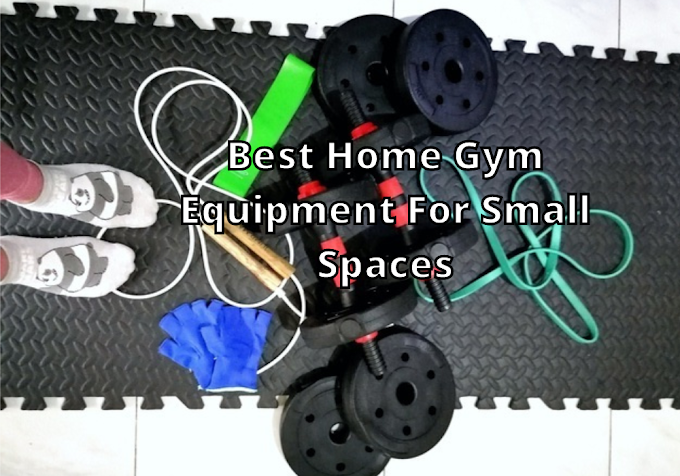Do Waist Trainers Work?
The simple answer is YES, waist trainers can help you get a smaller waist if used properly.
Research [1] shows using waist trainers to achieve a smaller waist can be almost as effective as performing exercise if used properly.
In a study conducted over 6 weeks on 30 postpartum women; half the women were placed in a waist trainer group, while the other half in an exercise group. The waist trainer group wore a waist trainer daily for 6 weeks, only taking it off when sleeping and bathing. The women in the exercise group performed abdominal exercises with emphasis on isometric contractions pelvic tilts, reverse curls and twist every other day for 6 weeks. All women ate the same diet and were instructed not to perform any other activities. After the 6 weeks the women in the waist trainer group had decreased their waist size by 6cm while the women in the exercise group by 8cm. However these results are similar only the exercise group had achieved a significant increase in abdominal muscle strength, and a greater closure of abdominal separation.
From the results of this study, one can conclude that the best way to get a smaller waist using a waist trainer is to control your diet, and also perform abdominal exercise 3x/week for 6 weeks or more while using the waist trainer. Abdominal exercises should focus on maintaining a good posterior pelvic tilt and and drawing in of the muscles to the spine.
How Do Waist Trainers Work?
Abdominal support garments help support ligaments, muscles, and the spine alleviating back and pelvic pain by taking pressure off these areas enhancing the body's ability to achieve a better shape. They also help with retraction of the abdominal muscles by initially improving the strength of the abdomen by increasing the intra abdominal pressure improving mechanical stability through co activation of trunk muscles. These binders hold in abdominal muscles at increased tension and compression preventing them from expanding outward preventing lower belly bulge which prevent abdominal separation from getting worse.
Are Waist Trainers Bad?: Pros And Cons of Waist Training
Pros of wearing a waist trainer include:
- Help achieve smaller waist
- Help prevent back pain
- Help maintain better posture
- Prevent you from over eating
- Decrease bloating in mid section
- Help heal abdominal separation (diastasis recti)
- Difficulty breathing
- Increased pressure on organs
- Infection risk if using over abdominal surgery (be sure to consult with your doctor first after surgery before using.
- Weaker abdominal muscles from prolonged used over several months and years without incorporating exercise
How To Use A Waist Trainer Properly To Get A Smaller Waist, And Choosing The Right One For You
Best Waist Trainers
Best Waist Trainers on Amazon
In my opinion the best waist trainer company on Amazon is Yianna. They sell several types of waist trainers that can be used throughout your waist training journey, from beginner friendly postpartum trainers to more intense with 25 steel bones. I would definitely recommend this brand. Another brand that I have used is Sweet Sweat gym waist trainer. It also comes with a free sample of sweat gel to be rubbed on under the waist trainer. This waist trainer does exactly what the name implies, makes your mid section sweat. However for me it did not give me enough cinching action. Alternately you should try the Yianna Sweat Belly Band, made from a breathable material, neoprene, and with flexi bones for added cinching, or the Yianna Sauna Sweat Vest for even more sweat during your workout session. They both have the same neoprene material as the Sweet Sweat Waist Trainer but at a cheaper price. The benefit for me to wearing these sweat waist trainers is that they help get rid of bloating in the midsection to achieve a smaller look from all the sweating.











1 Comments
It is estimated that greater than 50 p.c of the United States’ products required some kind of welding earlier than they were welcomed into our materials world. For instance, bridges, ships, computers, cell telephones, vehicles, all required welding—and often Cooling Towels other types of metal fabrication as properly. Given the importance of welding, it may come as no shock that it's believed that in 1961 the world’s first industrial robot was used to spot weld. Unlike today’s ultra-efficient robotic welders, this motorized arm constructed by General Motors weighed two tons and its commands were saved in a large magnetic drum. Bureau of Labor Statistics reviews that the welding industry is growing at a price of 15 to 22 p.c.
ReplyDelete